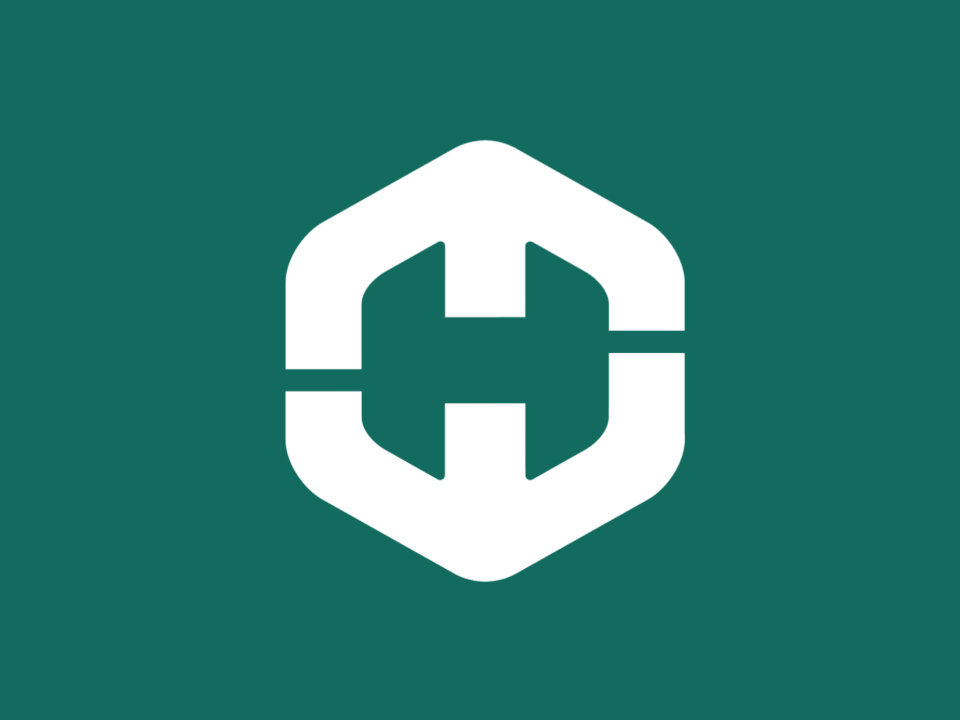Press Release
Brussels, 25 June 2025
The newly published Clean Industrial Deal State Aid Framework (CISAF) reflects industry’s call for coherence and will contribute to ensuring the Clean Industrial Deal (CID) does not become an empty promise.
The text commendably targets increased flexibility, broad thresholds, generous cumulation, priority for renewables, recognition for electricity produced from renewable fuels of non-biological origin (RFNBOs), with flexibility on low-carbon hydrogen too. There is also a concerted alignment with the Net-Zero Industry Act (NZIA) to ensure that system and supply-chain resilience are prioritised, bringing additional coherence.
Jorgo Chatzimarkakis, Hydrogen Europe’s CEO, stated: “DG COMP has sent a strong signal that Europe is serious about investment in clean tech and is ready to take its seat as a global energy transition leader. Higher aid ceilings for hydrogen production and use, flexible funding schemes, and accelerated depreciation together will help unlock the next wave of hydrogen projects and keep manufacturing capacity in Europe. It is essential that the Commission dedicates new financial resources for the sector to make this happen.”
The new framework simplifies and enhances current provisions:
Aid ceilings rise to 100% of eligible costs for RFNBO production via competitive bidding and to 60% for industrial hydrogen use when at least 40% per cent of the mix is renewable. Introduction of first RFNBO quotas.
Accelerated depreciation will help end-users book hydrogen equipment quickly, whilst Member States can match foreign subsidies for strategic factories.
Cumulation rules will allow CISAF to stack with the Innovation Fund, Important Projects of Common European Interest (IPCEI), Connecting Europe Facility (CEF), and other instruments. Now, the entire hydrogen value chain, from electrolysers and storage to hydrogen-ready DRI reactors, is in scope.
It is crucial that all uncertainties around permissible state aid are lifted to ensure the new rules can efficiently make clean-tech manufacturing and energy-intensive industries competitive and sustainable.
The Commission must now think long-term and align state aid with investment horizons: CISAF expires in 2030, well before most hydrogen assets reach mid-life. With no new EU-level cash and diverging national budgets, CISAF risks becoming a blunt instrument. Red tape must also be cut, especially for large projects which face extra administrative steps when they trigger funding-gap notifications.
These measures will ensure the final CISAF becomes the catalyst Europe needs to build a resilient and competitive hydrogen economy.
For more information:

